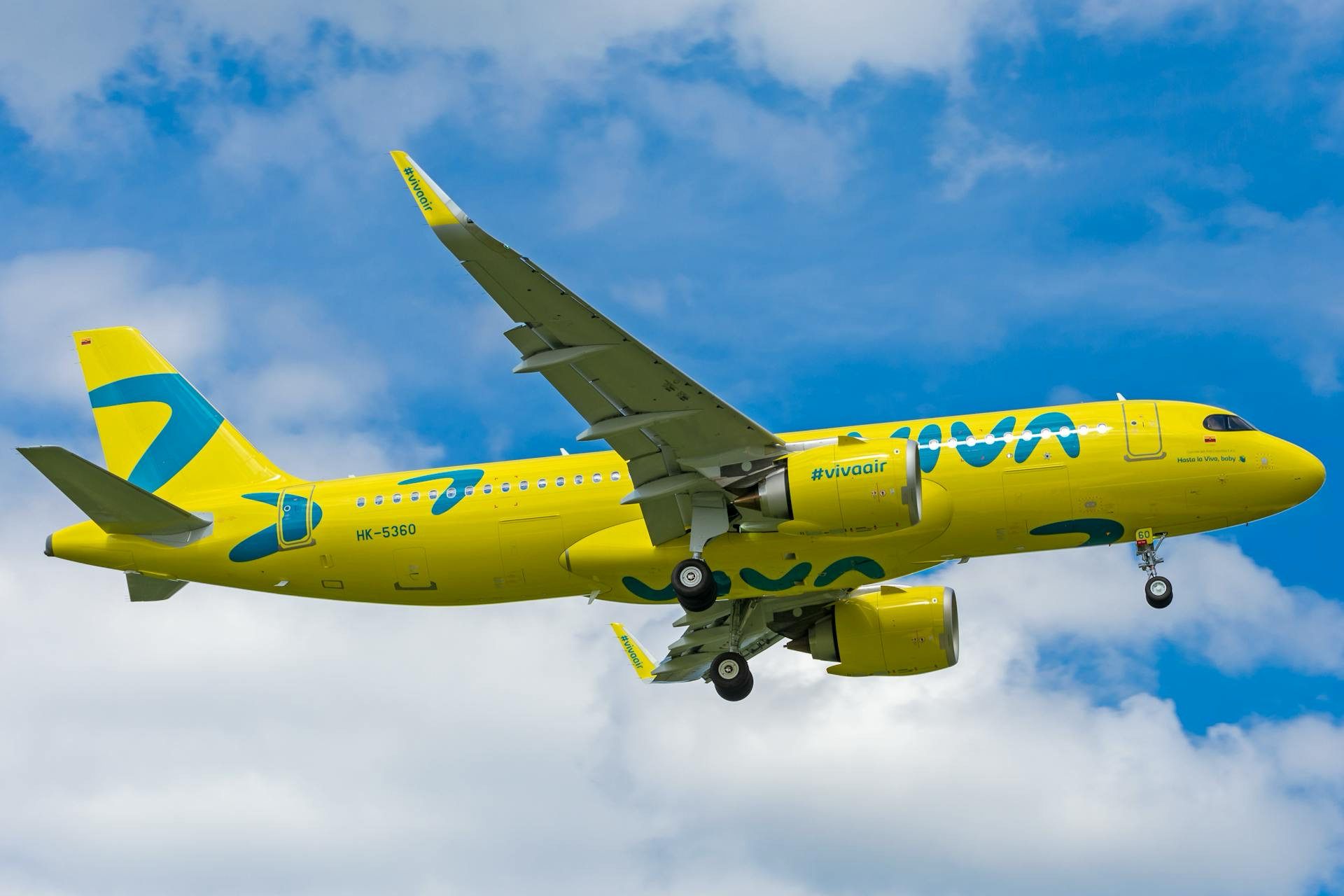Overview
• Operator: Viva Aerobus
• Aircraft Model: Airbus A320-200
• Registration: XA-VAY
• Flight Number: VB-684
• Route: Monterrey (Mexico) → Dallas Fort Worth, TX (USA)
• Date: 25 January 2025
• Occupants: Unspecified
• Injuries: None reported
Incident Summary
Viva Aerobus flight VB-684, operated by an Airbus A320-200 (XA-VAY), was departing Monterrey International Airport (MMMY) en route to Dallas Fort Worth (DFW) when the cabin crew detected thick smoke and a strong burning odour shortly after takeoff.
At approximately FL150, passengers and crew began experiencing coughing and irritation due to the smoke, prompting the flight crew to stop the climb at FL200 and declare an emergency. The aircraft returned to Monterrey, landing safely on runway 12 approximately one hour after departure.
Mexico’s Aviation Investigation Bureau (AIB) has classified the occurrence as an incident and launched an investigation.
Sequence of Events
Takeoff and Initial Climb
• The aircraft departed Monterrey’s runway 12 normally.
• Climbing through FL150, cabin crew noticed thick smoke forming inside the passenger cabin.
• A strong burning odour spread through the cabin, causing irritation and coughing among passengers and crew.
Emergency Decision and Diversion
• The flight crew stopped the climb at FL200 and assessed the situation.
• An emergency was declared, and the aircraft was cleared to return to Monterrey.
• The aircraft landed safely on runway 12 approximately one hour after departure.
Post-Landing Actions
• Emergency services inspected the aircraft upon arrival but found no visible external fire.
• No injuries were reported, and all passengers disembarked safely.
• The aircraft was removed from service for maintenance inspections and safety checks.
Investigation and Possible Causes
Mexico’s Aviation Investigation Bureau (AIB) has opened an inquiry to determine the root cause of the incident.
Potential contributing factors include:
1. Electrical System Malfunction
• Smoke and a burning smell may indicate an overheated electrical component or wiring failure.
2. Air Conditioning and Bleed Air System Contamination
• Oil or hydraulic fluid leaks in the air conditioning packs can cause fume events, leading to cabin smoke and odour.
3. Faulty Cabin Equipment
• Overheated circuit breakers, seat motors, or galleys could be a potential source.
4. Engine-related Smoke Infiltration
• Engine compressor seal leaks or burnt fuel residues in the bleed air system could have entered the cabin.
Aircraft Status
The aircraft remained grounded for 38 hours following the incident to undergo inspections and maintenance before being cleared to return to service.
Safety Recommendations
• Thorough Inspection of Electrical & Bleed Air Systems
• Identify potential failures in electrical components, wiring, or air conditioning systems.
• Crew Training on Smoke and Fume Events
• Ensure all flight and cabin crew follow standard operating procedures (SOPs) for smoke events.
• Passenger Awareness & Reporting
• Encourage passengers to report unusual smells or smoke as early as possible.
Disclaimer
This report is based on available information as of 7 February 2025. While every effort has been made to ensure accuracy, the completeness of the details cannot be guaranteed. If you are the rightful owner of any referenced materials and wish them removed, please email takedown@cockpitking.com.
